
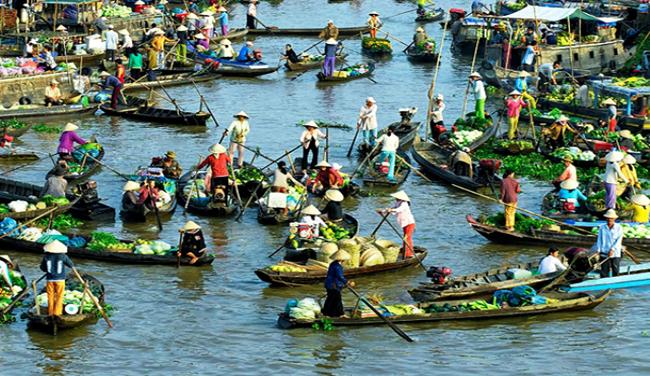
The Mekong Delta spans an area of 40,576 sq km and has 13 cities and provinces: Can Tho, An Giang, Ben Tre, Bac Lieu, Ca Mau, Dong Thap, Hau Giang, Kien Giang, Soc Trang, Long An, Tien Giang, Tra Vinh, and Vinh Long.
By 2020 it targets welcoming 34 million tourists, including 3.5 million international tourists, and earning revenue of VND 25 trillion ($1.1 billion). By 2030 it is to welcome 52 million tourists, including 6.5 million international tourists, with revenue of VND111 trillion ($4.9 billion).
Tourism products
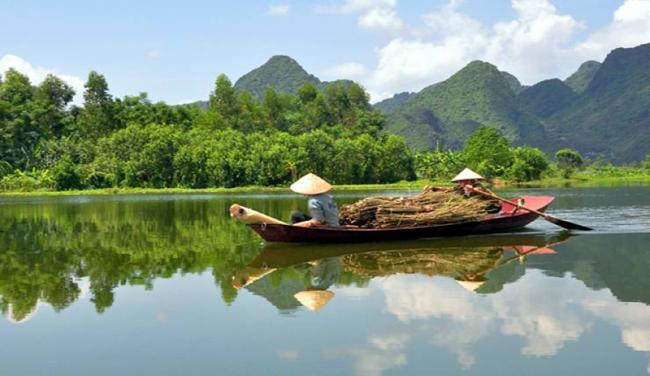
Prioritized tourism products in the region include experiencing river life, ecotourism, discovering cultural heritage sites, resorts, sea and island tourism, and entertainment. Certain tourism products are to be added to diversify offerings, such as community tourism, rural tourism, discovering historic sites, and MICE tourism.
International markets of focus are Western Europe, North America, and Northeast Asia. Specific tourism products for these markets are experiencing river life, ecotourism, and cultural discovery.
In terms of the domestic market, the focus will be on tourists from the southeast region, Ho Chi Minh City, Hanoi and Da Nang. Domestic tourists will be introduced to tourism products such as experiencing river life, cultural - spiritual festivals, fruit orchards, and sea - island resorts.
Developing five national tourism areas
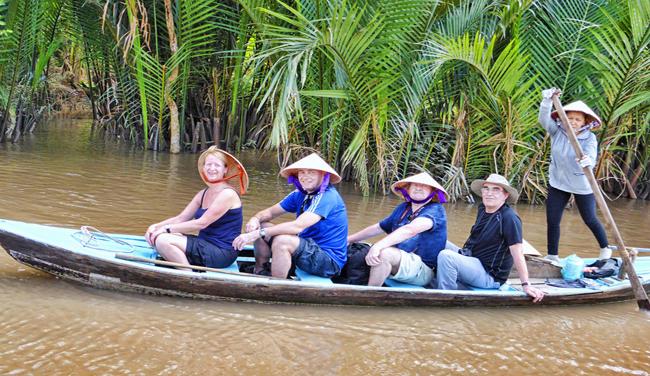
The plan states that five national tourism areas will be developed: Thoi Son Islets in Tien Giang and Ben Tre provinces, Nam Can - Ca Mau Cape in Ca Mau province, the Lang Sen Reserve and Tram Chim National Park in Long An and Dong Thap provinces, and Sam Mountain in An Giang province.
Seven other national tourism destinations will also receive focus: the Happy Land entertainment complex in Long An province, Ong Ho Isle in An Giang province, the Don Ca Tai Tu Exhibition Area (a musical art combining scholarly and folk roots, which is a key feature of cultural and spiritual life for southern Vietnamese) and the Cao Van Lau Exhibition Area (the original composer of the song vong co, which started a new genre of cai luong music in the 1920s) in Bac Lieu province, Ninh Kieu Wharf in Can Tho city, Ha Tien district in Kien Giang province, Van Thanh Mieu Temple in Vinh Long province, and Ba Om Pond in Tra Vinh province.
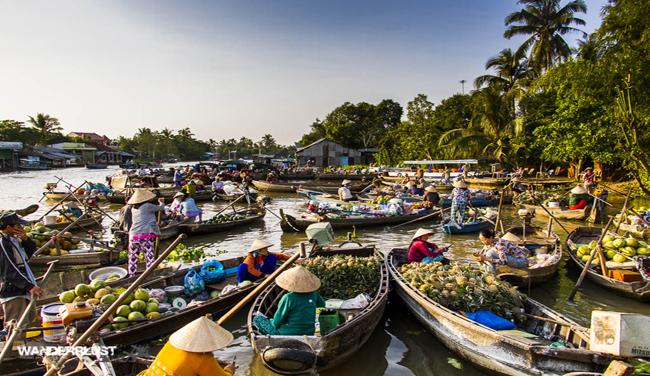
Can Tho and Phu Quoc Island will be developed as tourism centers while My Tho city in Tien Giang province will become a support area for tourism in the Delta.
Depending on the natural conditions in each tourism destination, some tourism routes with special themes can be organized, such as eco-tourism, sea tourism, and wetlands tourism in Dong Thap Muoi in Dong Thap province and U Minh Forest in Kien Giang province.
National and international tourism routes will be developed via the border with Cambodia and waterway routes connecting the Tien and Hau Rivers with Phnom Penh and Seam Reap in Cambodia.
VN Economic Times

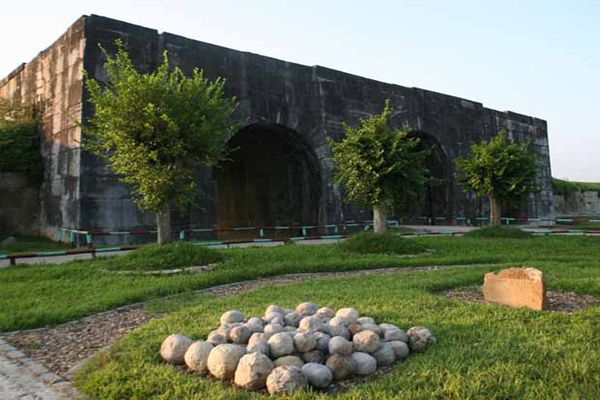
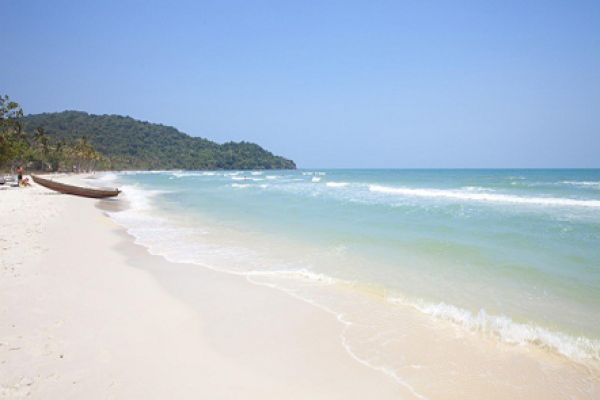
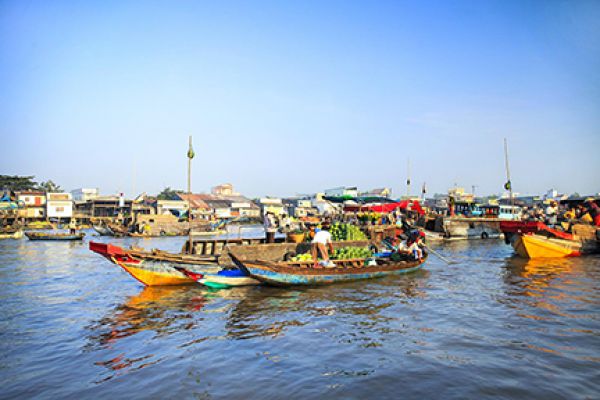


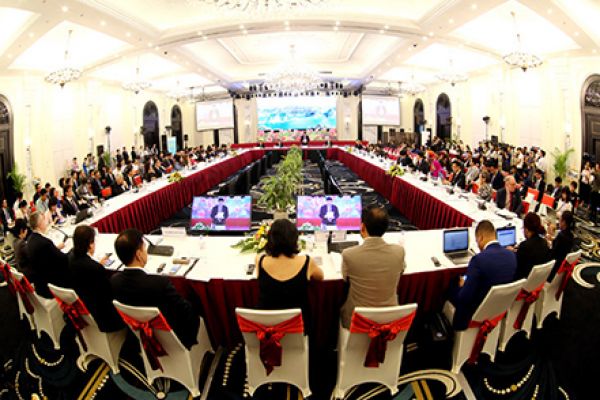
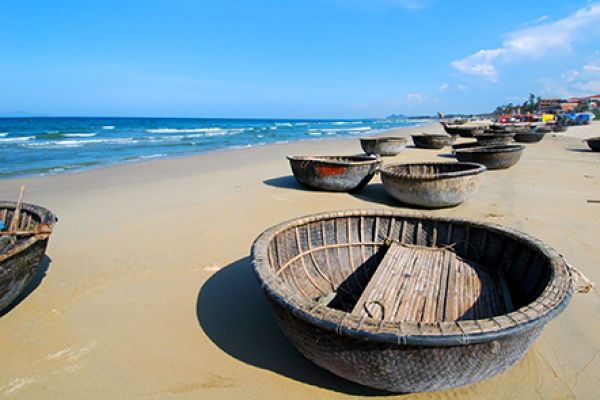
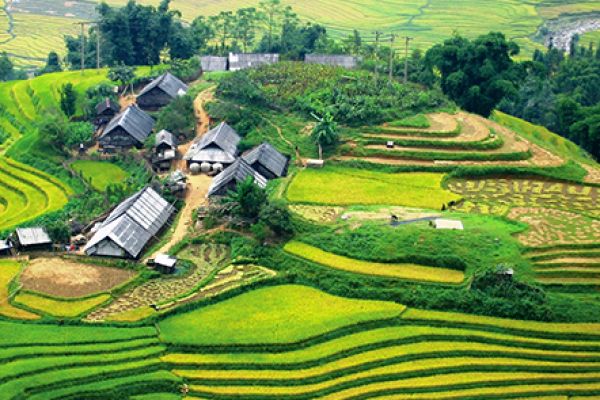

(84-63) 3 826042 – (84-63) 3 511142
No 54 Nguyen Dinh Chieu, Ham Tien Central Mui Ne Beach Binh Thuan Vietnam
523 To Hien Thanh District 10 Ho Chi Minh City Vietnam
Ha Long Halong City Quang Ninh Vietnam
A13 Hung Thong 2 Halong City Quang Ninh Vietnam




